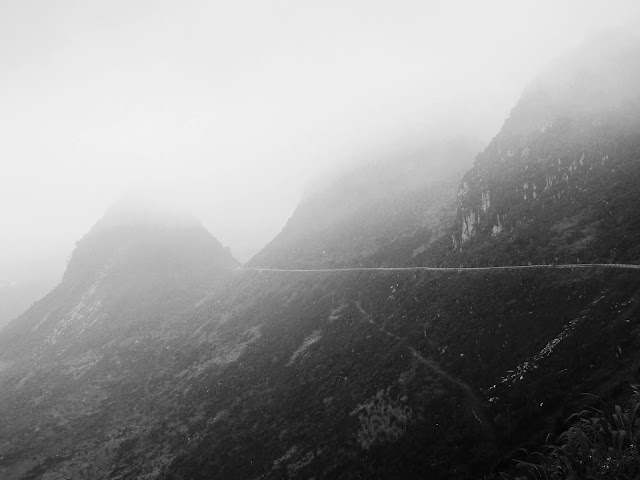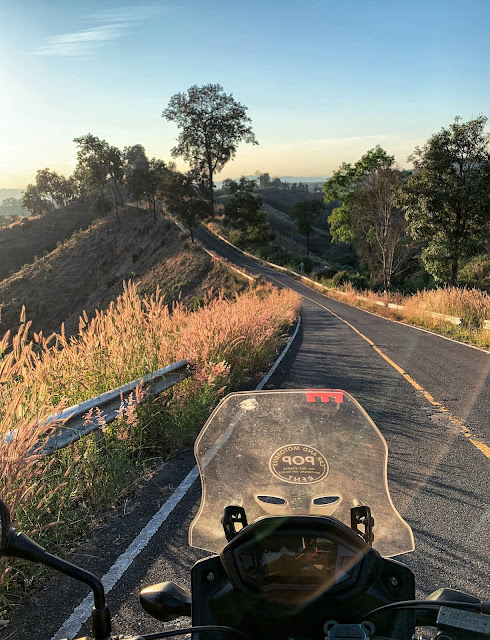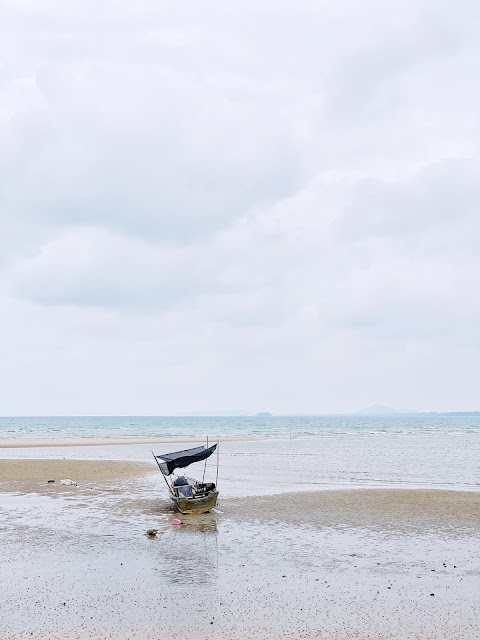iPhone XS Camera Review
Got an iPhone XS as a replacement for my dying iPhone 6 plus. It's amazing how phone camera technology can improve so much in few short years. I truly believe we're at the cusp of a new frontier in photography, that future cameras will not depend solely on the physics and limits of sensor technology but augmented with incredibly powerful software processing and algorithms that will take them up several notches. Just look at the newest crop of phone cameras- on their own the cameras may not be the best however when complemented by their multi-core processors the images that they produce are truly outstanding. Though I have not done a comparison I'd happily bet that the photos are better than the current sub 1" sensor compacts cameras'.
The new phones proves the point that phone cameras nowadays are actually small computers with an image sensor and lens attached. Processing power is king here- it improves dynamic range, eliminates shutter lag, produces amazing bokeh and more. It is playing a totally different ball game, one that is driven by algorithms. The images speaks for themselves here- I purposely chose photos shot in low light to illustrate my point.
Powering up the phone is instantaneous thanks to its newest processors. The simplicity of the native camera app meant that taking photos are dead easy, and the ingenious touch and slide up/down for exposure compensation is still the main reason why I love the native app so much. Other than that the AF-L/AE-L function is available with long press but I never use those for exposure as I prefer to just touch and brighten/darken.
By default smart HDR is on and based on several online reviews it seems to work better than the iPhone X's due to the faster processors, making HDR available on all the modes including portrait mode, panorama and live photos. The magic of such good HDR is that the dynamic range is so wide, it gives an illusion that the photos are taken by a camera with much larger sensor. Coupled with the cleaner images the photos does look like something from a 'proper' camera at this size.

Besides basic photo mode there's the usual other features as well. I always turn off live photo to save storage as it uses twice the space for every photo. It's a neat little feature but unfortunately not widely supported so I see little reason to use it. Square format is another totally useless feature for me, if I want to shoot square I'll open Instagram app instead. I'd rather the panorama mode taking its place so I can access it easier once I open the app since I use it way more often. Panorama mode is still a blast to use as it creates a panoramic (duh) photo up to an amazing 63MP, and what's better is that the dynamic range is much wider now as HDR is available with panorama as well.
Waterproof housing not needed.
|
What's truly remarkable is the versatility in this small package. A wide enough lens to take landscapes. Another lens long enough for closeups. A sensor large enough to take clean night shots. Dynamic range wide enough to preserve both shadows and highlights. Water resistant enough to just take it into the pool without any housing. And then there's portrait mode with its uncanny ability to render convincing, pleasant bokeh that you can even adjust as you wish, thanks to clever utilization of both lenses to analyze and capture depth data. I've realized that the front camera actually does it even better- likely due to the more precise depth mapping from the infrared dot projection system used by face ID.
 |
| Portrait mode. |
All of the photos above were shot with iPhone's native camera app. In low light the noise can get excessive when magnified unfortunately, but that's the nature of its size and the main trade-off of its portability. By installing apps that allow full manual control of the camera system you can shoot with base ISO (with longer exposure of course) and extract even more performance and expand its shooting envelope. I'm currently using ProCam6 that has all the settings in the world that can be adjusted manually (except aperture which most phone cameras have none), but long exposure in really low light is still a challenge. However for a device that weighs next to nothing it is an incredible achievement and makes me wonder why do I need to carry a 'proper' camera when heading out.
 |
| Manually selected the telephoto lens (52mm equiv.) under the app. |
It would be interesting to shoot head to head with my Olympus EM5 and compare their quality differences. One is a technologically advanced small sensor camera, the other an older but larger sensor system camera. Of course one must remember that ultimately the iPhone camera is a meant to be a do-it-all camera whereas the Olympus has most of the specialised lenses that you could ever want. But as an all rounded camera that is so portable it's in your pocket most of the time, the iPhone XS is going to be my most used camera and likely for many others too. LY











Comments
Post a Comment